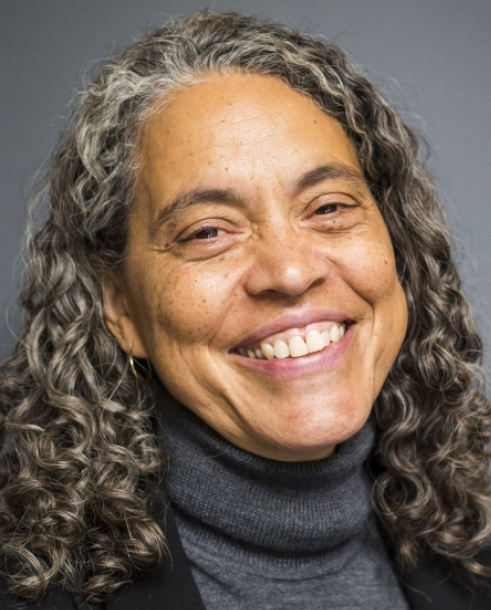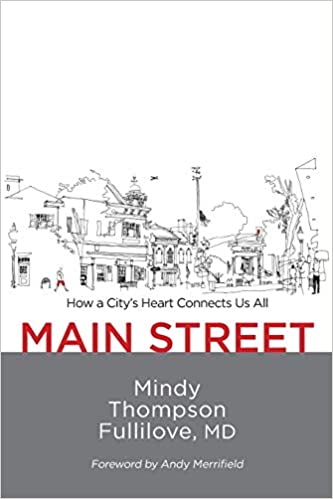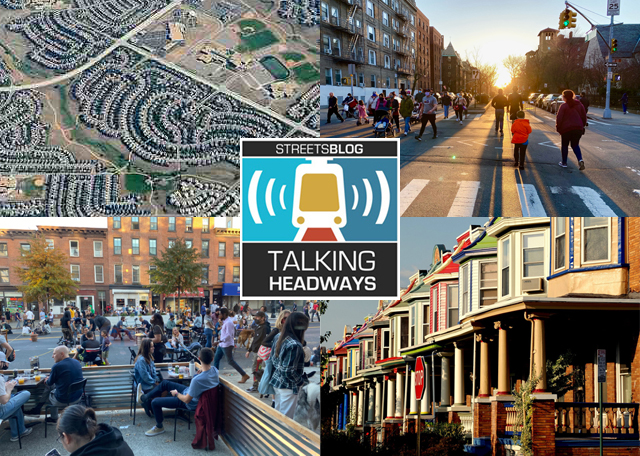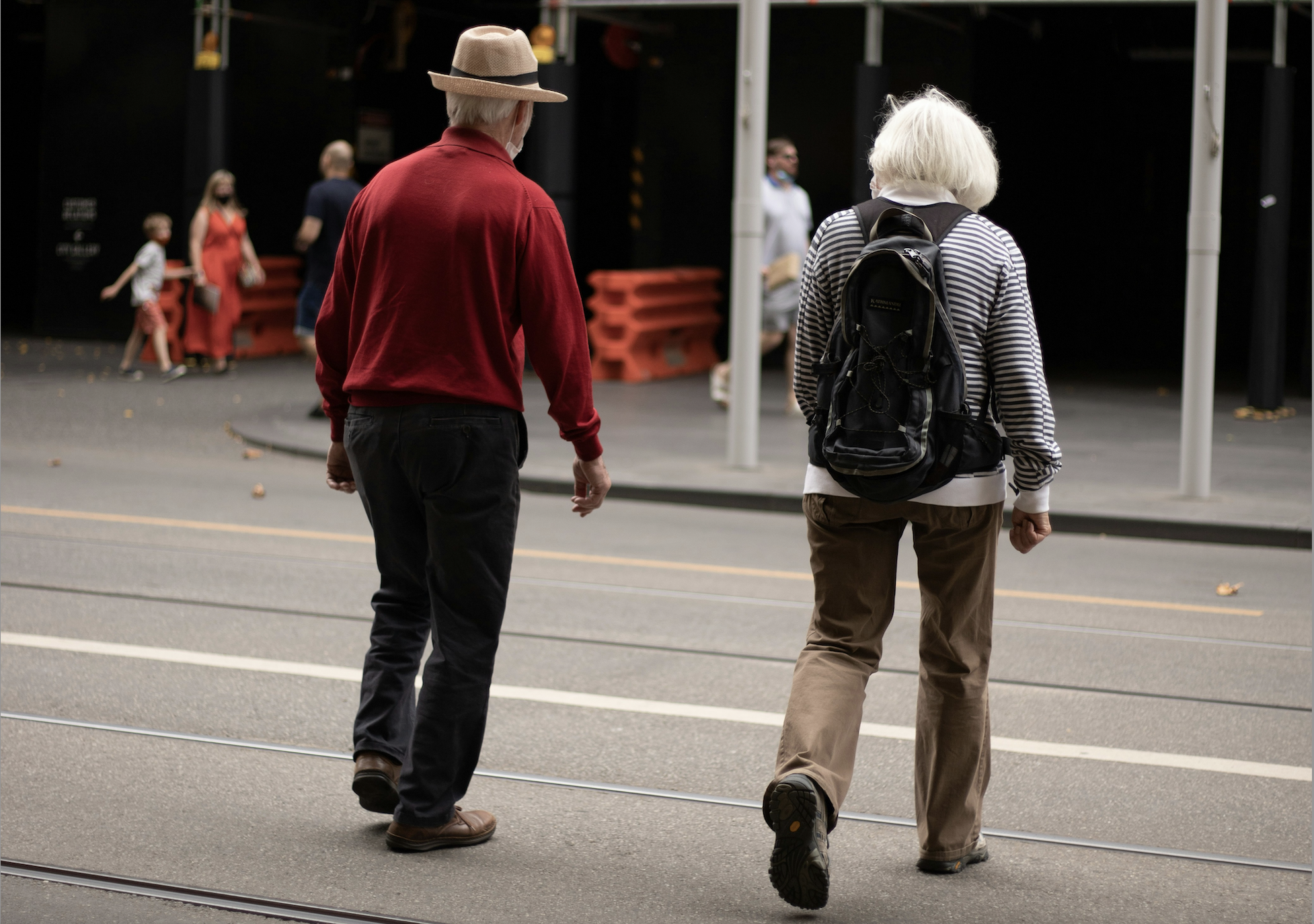This week we’re joined by Dr. Mindy Fullilove, professor of Urban Policy and Health at The New School, to talk about her book, Main Street: How a City’s Heart Connects Us All. Dr. Fullilove chats about the psychology of place, the strength of weak ties, and how cities are a part of nature.
For those of you who prefer to read rather than to listen, there is an edited transcript below the player. If you want a full transcript and don't mind a few typos, click here.
Jeff Wood: I want to step back a little bit to your previous work. We’re going to talk a little bit about Main Street, which is your most recent book, but I want to ask you about Root Shock because it’s a really important kind of precedent to what we’re going to talk about today. What brought you to write the book and you know, what is "root shock," I guess for folks that might not know?

Mindy Fullilove: I was studying the psychiatry of place. And so psychiatry is about disorder and illness. So I was very interested in things that had made people ill, but one of the ways I studied it was to just ask people about their experiences of place, their stories, but a set of stories that came up over and over again were stories of people who had been displaced by urban renewal in the 1950s and '60s. Two people were particularly important in helping me understand urban renewal. One was David Jenkins who had been displaced from his community at age 11, and the other was Mary Bishop, a journalist who’d written about urban renewal in Roanoke Virginia.
So they really were the people who oriented me to what had happened in urban renewal. It was such a big experience. And it seemed to me, it was like pulling a plant out of the ground, and gardeners have a term for what can happen to a plant if you just yank it out of the ground, because it tears the roots and it can go into shock, and they call that root shock. And it seemed to me that what had happened to people who’d been rudely displaced from their homes was this kind of experience of root shock. And, you know, it was unsettling. It disturbed their growth.
Some people got settled again, but some people couldn’t and they died. So it was root shock that really became the image that I had for the massive disruption that this causes in people’s lives.
Jeff Wood: And it seems like it’s akin to brain damage to a certain extent. Recently, we had a discussion with Andres Sevtsuk about weak ties and connecting people and jobs to commerce. He was on a show a couple of weeks ago. And after reading your book, I felt like it’s much more than that. It feels like these disruptions of weak ties through the urban renewal through dispersal tactics are akin to this brain damage. Why is it that these weak ties are so much more important than maybe, you know, many of us understood before?
Mindy Fullilove: People talk about it. And in fact, Mark Granovetter, who’s one of the sociologists who really described weak ties, talks about it really as paradox. "The Strength of Weak Ties" is the title of his classic article. Why would weak ties be what’s strong, but in a society, strong ties actually are what make us weak and weak ties are what make us strong. So that’s the paradox. So the strong ties are the ties such as religion, or race, or neighborhood. But weak ties are like the guy you’re on a nodding acquaintance with at the local convenience store. And you don’t know his name. You never been to his house, but he knows you’re part of the neighborhood. And if you were, you know, complaining that it was hard to get somebody to shovel your sidewalk, he would know somebody who was looking for work and he would say, "I’ll send somebody who you could hire to shovel your sidewalk."

That’s a weak tie. And it’s those, because they bridge communities, bridge groups of strong ties, that makes society strong. So when you do urban renewal or something like that, you damage the way society functions, how societies have to work. People have to work together because they constantly have to solve problems.
Whatever was going on yesterday, created today. But today is new issues. You know, for us personally, for us as families, there’s always new issues. There’s like when your kid is a toddler, you can’t get them to take a bath or go to bed. But when your kid is a teenager, you can’t get up to bathe or go to bed, different issues, different strategies to keep up with the kid.
So the kid changes every day and you got to have new strategies every day. So the families have to be able to do problem solving. Same with societies. They have to problem solve for today. But if you’ve broken all the weak ties, you can’t have a good conversation.
So society can’t solve his problems. And that’s where U.S. society is right now. We've broken the weak ties. And we can’t have good conversations and we can’t solve our problems.






